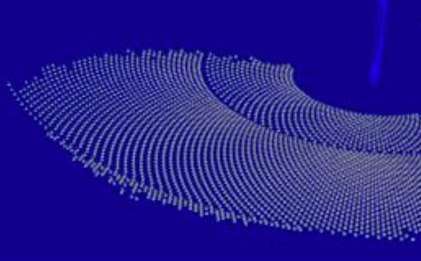Summary
The Optimisation of Central Receivers for Advanced Power Cycles examines if concentrating solar power (CSP) technology is to be widely adopted for electricity production its costs must be substantially reduced, similar to the cost reduction achieved by solar photovoltaic technology in recent years.
Project innovation
The key solar components that will drive down cost are heliostats and receivers, which together operate to provide temperatures in the 600-8000 Celsius range, as this allies with high efficiency turbine technologies such as supercritical CO2 Brayton cycles. To date the solar towers built commercially have been for operating temperatures quite a bit lower.
The Optimisation of Central Receivers for Advanced Power Cycles project investigated the new family of solar components needed for this higher temperature range.
The project’s initial priority established a program of accelerated life-cycle testing to understand the full life-cycle costs of the heliostats (or mirrors) that make up the solar field and reflect concentrated sunlight onto a receiver (which converts the solar energy to heat that is used to run a turbine). In parallel, new receiver geometries were developed for this temperature range to reduce radiation and convective losses.
This information was used to develop a detailed model that optimises the heliostat field layout based on different operating temperatures and heliostat performance.
This project consists of:
Learn more
Benefit
The results of this project help provide the basis for the key components of the next generation of CSP technology.
It will help to direct and target research into the areas that most impact cost, and will drive subsequent demonstrations of low cost dispatchable solar power.
Lessons learnt
The hiring of software specialists and adoption of the Workspace software occurred in the last 2 years of the project. If software specialists and the Workspace software had been available at the beginning of the project, the path to the development of publicly releasable software package could have been streamlined (e.g. making better use of the powerful built-in Workspace plugins, and adopting a clear code style guideline to allow easier code reuse). Instead, the software was developed initially as a text-based research code, then ‘ported’ to become a Workspace plugin via a crude interface with the existing code base. This would have allowed more time to be spent perfecting the user interface, with is a critical feature of software that allows the results of a research project such as this to be communicated effectively to a non-specialist audience. Future projects with similar software outputs should ensure that IT personnel with experience in workflow management systems such as Workspace are available.




